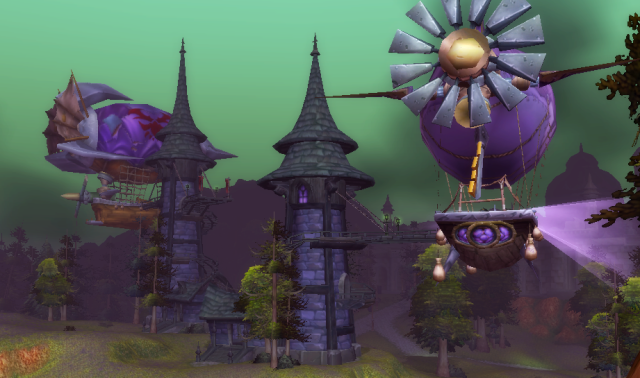As my experience in World of Warcraft (WoW) grows, my admiration for it deepens. I continue to reflect on why I find this game so engaging and to wonder how its immersive features can be translated into academic teaching and learning. My reflections to date are admittedly sporadic (like my blog posts :^) and are usually prompted by things I come across outside the game itself. [Click images for a clearer view.]
For example, this post was prompted by an article on my web homepage (NPR): Susan Stamberg’s “15 Summer Reads Handpicked by Indie Booksellers” – in particular her blurb on Jonathan Gottschall’s The Storytelling Animal. Stamberg begins by mentioning best-selling novels that “represent the darkest extremes of emotional and physical experience,” like The Girl with the Dragon Tattoo and The Hunger Games. Then she offers a snapshot of Gottschall’s argument: we love such fictions precisely because they are dark; they allow us “to experiment with emotions and strategies for survival” risk free and “help us with the challenges we face in our actual lives, whether we’re escaping from lions, foraging partnerships, raising children or surviving tragedy.”
WoW is all about stories on the dark side, stories in which players are characters fighting against dangerous creatures, humanoids, machines, and even “natural” elements like fire, rock, ice, and trees that are out to kill them. Every time a player accepts a quest, she understands that her toon will face challenges – and that she must persevere and use the toon’s powers if she is to survive the challenges and remain in the quest’s story.
Each player is the hero – and sometimes the victim – of a series of interconnected short fantasy stories. Even though the WoW environment and quests are predetermined, the outcome for each toon isn’t. The challenges are real but the consequences are not. To play WoW and other violent computer games is “to experiment with emotions and strategies for survival” in a much more interactive way than possible in mainstream art forms like novels and movies – or so it seems to me.
Clearly WoW’s story apparatus is part of the game’s appeal. Developing a character who has, to some extent, free will is a key feature of its immersive quality. The rewards for playing a character well, like becoming a hero and growing in power, are intrinsic to the game. As far as I know, a player cannot make actual money playing WoW nor gain credentials for actual employment. It’s all a fiction – and yet it’s mesmerizing. Why’s that? Stories, yes, and much more. But that’s enough reflecting for now.
Enjoy!






